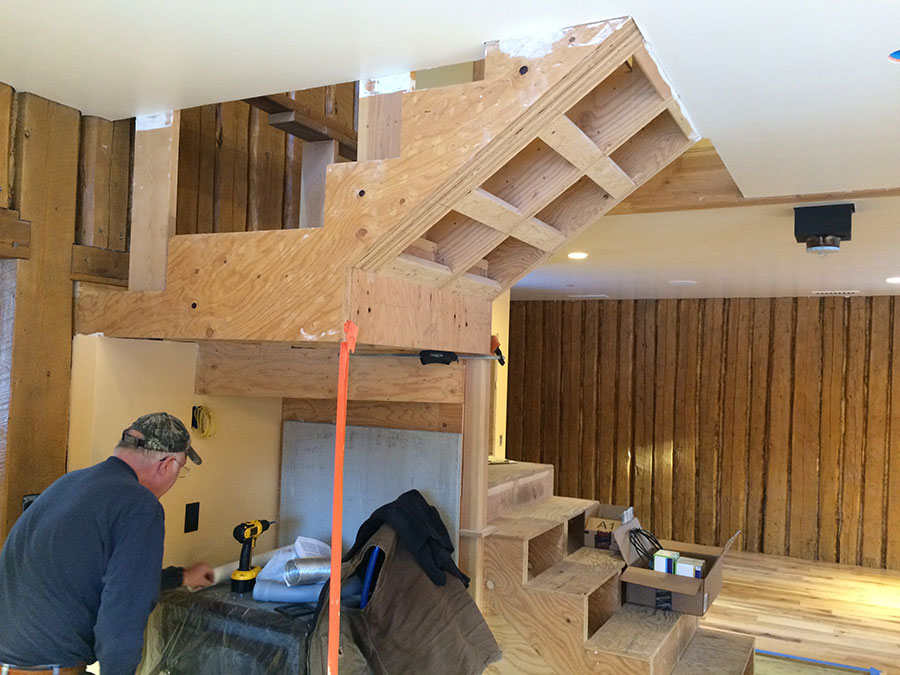Contrary to recent claims, enslaved African people did not "learn" valuable skills like blacksmithing in the Americas. African people were kidnapped from particular regions of Africa and enslaved BECAUSE they had mastered these skills. Blacksmithing appeared in Africa as early as 1500 BC, around which time it also appeared in the Middle East.
In this video, UCLA's Fowler Museum lead curator, Tom Joyce, explains the tools used in old-school African blacksmithing.
Transcript of STRIKING IRON: AN AFRICAN BLACKSMITH'S TOOLS
Everything about an African blacksmith's workshop is set up for efficiency. The shape of the tools is merely an extension of the blacksmith's hand.
Fire placement directs heat back to the source
The fire being in close proximity to where the Smith is sitting allows the heat to be easily accessible. Having it surrounded by earth also tends to direct the charcoal's heat toward the center of the fire. It acts as an insulator, so it keeps the fire burning very, very hot, uses less fuel, and is able to get the iron up to proper temperatures much quicker.
It is likely that these kinds of preheating forced-air bellows allowed high-heat smelting processes to develop in Africa long before European and American equivalents were invented. That eventually set off the Industrial Revolution of the late 18th and early 19th centuries.
Stone tools do not absorb heat as iron tools do
Many of the blacksmiths in Africa are stone tools, also using stone tools along with iron tools. This basalt hammer is used with two hands, and it has a very sophisticated form on the working end of it. It's been polished in two different directions so that the material can be moved very quickly as forging is taking place.
Another beauty of using stone tools, both in an anvil and in a hammer form, is that it doesn't rob the heat from heated iron. The iron is able to stay hot long. The steel tools, they tend to take heat, suck heat from the material.
The different forms of the iron hammers are also unique, and each cultural group that I've encountered has very specific forms for their tools. This hammer, for instance, is to be used with two hands. It's really a sledgehammer in essence, but when driven into the ground up to the shoulder, it also operates as an anvil. So it's really a dual-purpose tool that acts as both a hammer and an anvil.
More info on African Blacksmithing:
- National Park Service Ethnography Program on The Ironworkers
- STRIKING IRON: DOKWAZA: LAST OF THE AFRICAN IRON MASTERS
- The Beauty And The Power Of African Blacksmiths
More traditional craft:
- Carpentry Without Nails: Traditional Japanese Home Building
- Master French Stone Mason Who Built 'em Like They Used To
- Finnish Axe Men Build A Traditional Log Cabin—Windows and All
- Vaulted Brick Ceiling: A Catalan Vault
- Japanese Carpenters Assemble a Beam with Incredibly Tight Joinery
- A Carpenter's Journey to Craftsman in Germany
Video credits:
A video tour narrated by Tom Joyce, Striking Iron’s lead curator, is offered at various stops throughout the exhibition. Joyce is an artist and MacArthur Fellow trained in the art of forging iron. Drawing on his hands-on experience and insights into the techniques and stylistic specificities of African blacksmiths, he helps us look closely at a selection of remarkable objects.
Joyce has done fieldwork in Mali, Burkina Faso, Ghana, Togo, and the Republic of Bénin, and brings three decades of research into African ironworks to his narrations. The video tour was produced by Peter Kirby on behalf of the Fowler Museum at UCLA.
Lead curator Tom Joyce Photograph by Tom Joyce, Yohohou, Togo, 2008, © Tom Joyce; video by Peter Kirby © Fowler Museum at UCLA; video from Yohohou, Togo, 2008 and Tcharé, Togo, 2010, courtesy of VoxLox Media; video by Anne-Marie Bouttiaux, Kunima, Burkina Faso, 2012, and Indieli-Na and Konko, Mali, 2011, © Anne-Marie Bouttiaux, courtesy of Royal Museum for Central Africa, Tervuren, Belgium; excerpt from Dokwaza: Last of the African Iron Masters, 1988, video by D. Paul Morris, Nicholas David, and Yves Le Bleis, courtesy of Nicholas David; excerpt from Black Hephaistos: Exploring Culture and Science in African Iron Working, 1995, video by Nicholas David, courtesy of Nicholas David











